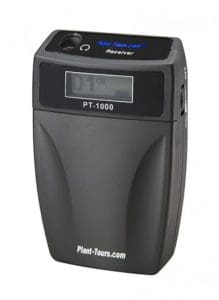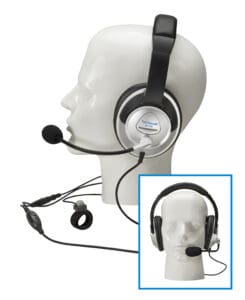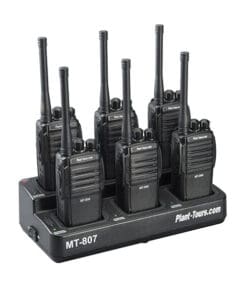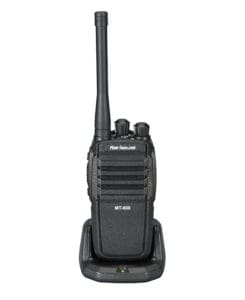#1 Tour Guide Systems in North America
100% free - no cost to you
No obligation to buy
No credit card required
Trusted by the world's leading brands

The Best Solutions for
Industrial, Construction, Education, & More
Find the right tour guide system for you. Plant-Tours.com tour guide equipment ensures that your visitors and employees hear your message loud and clear with the best listening technologies – every time.
Long-lasting &
Durable Equipment
Manufactured for long life in rugged conditions.
Easy Set Up
Right Out of the Box
Our systems are simple to use for anyone.
Rental & Purchase
Options
We have a pricing plan to fit any budget.
Industry-leading
Customer Service
Our team is here to help you find the perfect solution.
We Deliver Crystal-Clear Communication Across the World
Our focus has always been on you, the customer. Our experts will listen to your needs and help guide you toward the right communication system.
Enhance audio communication for visitors & guides
Systems applicable for groups from 5 to 2000
Quality equipment that lasts

See Our Top-Rated Tour Guide Headsets
Plant-Tours.com develops and designs top-rated tour guide headsets that are used across the world. We cover all the bases: complete tour guide systems for sale or rental options for large and small visitor tours and internal events.
Perfect Audio in Large & Loud Environments
With all of our one and two-way headsets, we offer a no-cost demo kit so you can take your time and test as long as you need to ensure the perfect performance for your facility.

General Electric
“It was a pleaseure working with you and the team! Your company is organized, professional and don’t overcomplicate things, which probably explains why you are the go to vendor.”

Caterpillar
“We regularly rely on Plant-Tours.com and each experience is trouble free. The service is consistently great.”

Michelin
“Thanks to you and the team at PlantTours. This was truly a team effort and a very easy process for me. Cannot get over the speed of how fast every step was completed. The commitment to customer satisfaction was clearly evident in everyone I communicated with.”




